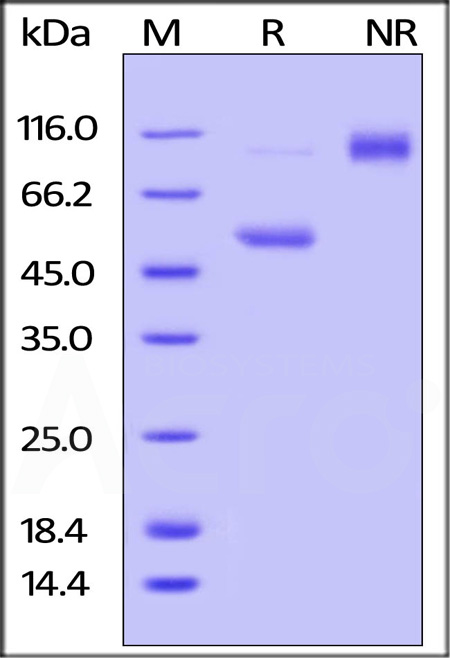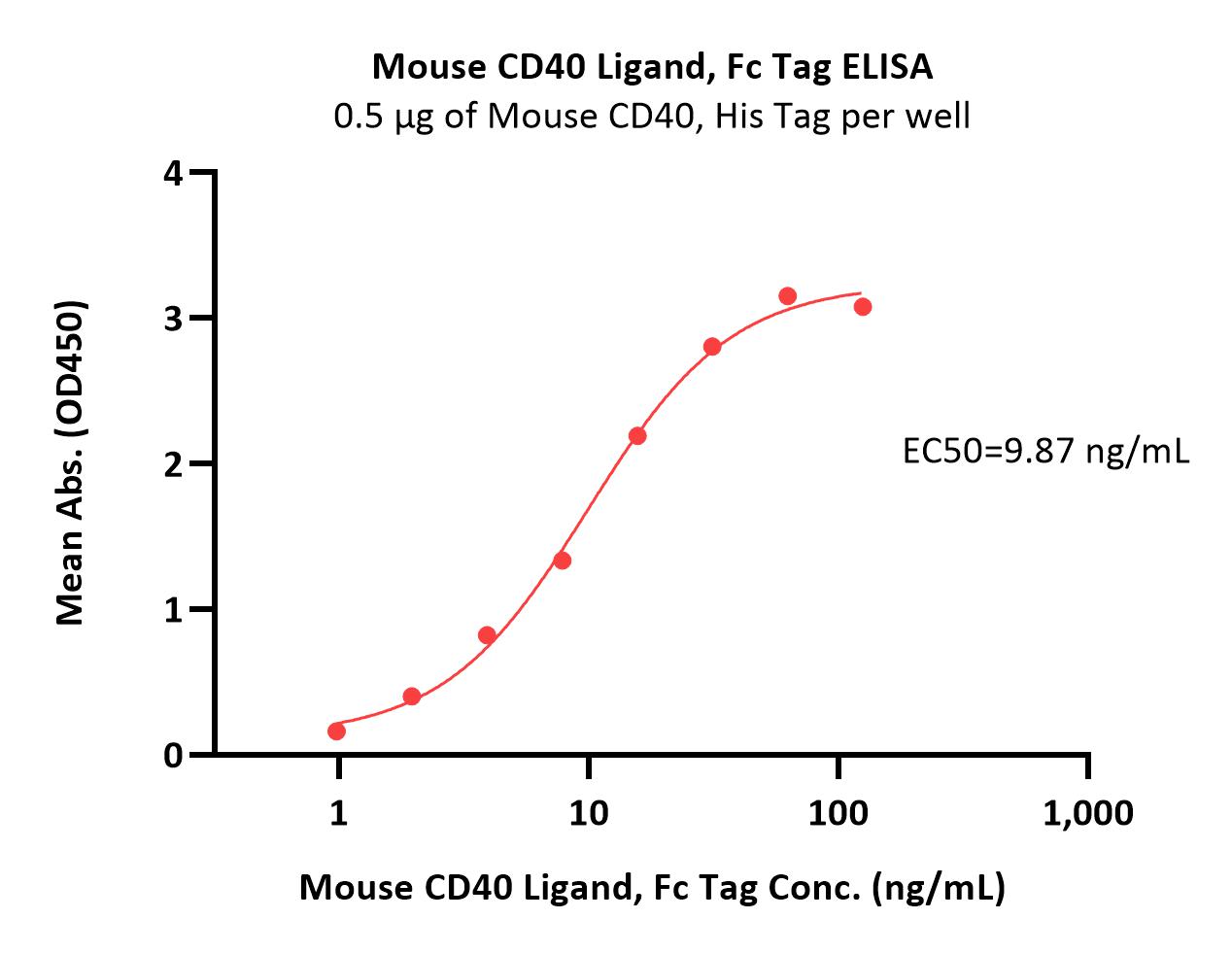Comparison of 46 Cytokines in Peripheral Blood Between Patients with Papillary Thyroid Cancer and Healthy Individuals with AI-Driven Analysis to Distinguish Between the Two GroupsBae, Bae, Oh
et alDiagnostics (Basel) (2025) 15 (6)
Abstract: Background: Recent studies have analyzed some cytokines in patients with papillary thyroid carcinoma (PTC), but simultaneous analysis of multiple cytokines remains rare. Nonetheless, the simultaneous assessment of multiple cytokines is increasingly recognized as crucial for understanding the cytokine characteristics and developmental mechanisms in PTC. In addition, studies applying artificial intelligence (AI) to discriminate patients with PTC based on serum multiple cytokine data have been performed rarely. Here, we measured and compared 46 cytokines in patients with PTC and healthy individuals, applying AI algorithms to classify the two groups. Methods: Blood serum was isolated from 63 patients with PTC and 63 control individuals. Forty-six cytokines were analyzed simultaneously using Luminex assay Human XL Cytokine Panel. Several laboratory findings were identified from electronic medical records. Student's t-test or the Mann-Whitney U test were performed to analyze the difference between the two groups. As AI classification algorithms to categorize patients with PTC, K-nearest neighbor function, Naïve Bayes classifier, logistic regression, support vector machine, and eXtreme Gradient Boosting (XGBoost) were employed. The SHAP analysis assessed how individual parameters influence the classification of patients with PTC. Results: Cytokine levels, including GM-CSF, IFN-γ, IL-1ra, IL-7, IL-10, IL-12p40, IL-15, CCL20/MIP-α, CCL5/RANTES, and TNF-α, were significantly higher in PTC than in controls. Conversely, CD40 Ligand, EGF, IL-1β, PDGF-AA, and TGF-α exhibited significantly lower concentrations in PTC compared to controls. Among the five classification algorithms evaluated, XGBoost demonstrated superior performance in terms of accuracy, precision, sensitivity (recall), specificity, F1-score, and ROC-AUC score. Notably, EGF and IL-10 were identified as critical cytokines that significantly contributed to the differentiation of patients with PTC. Conclusions: A total of 5 cytokines showed lower levels in the PTC group than in the control, while 10 cytokines showed higher levels. While XGBoost demonstrated the best performance in discriminating between the PTC group and the control group, EGF and IL-10 were considered to be closely associated with PTC.
Reduced Serum PD-L1 and Markers of Inflammation in Response to Alternate Day Fasting With a Low-Carbohydrate Intervention: A Secondary Analysis of a Single-Arm TrialAkasheh, Fantuzzi, Varady
et alCurr Dev Nutr (2025) 9 (3), 104566
Abstract: This secondary analysis aimed to examine the effect of a single-arm alternate day fasting intervention with a 30% low-carbohydrate diet on biomarkers of inflammation and immune activation in adults with obesity. A 12-week weight-loss period was followed by a 12-week weight maintenance period. Anthropometrics and blood samples were collected at baseline and weeks 12 and 24. Multiplex assay was used to measure serum biomarkers including programmed death ligand 1 (PD-L1), interleukin 8 (IL-8), IL-1 receptor antagonist (IL-1ra), chemokine ligand (CCL)2, CCL4, interferon gamma (IFnγ), IFNγ-induced protein 10 (IP-10), and cluster of differentiation 40 ligand (CD40-L). In 28 participants, body weight and fat mass decreased during the weight-loss period but stabilized during the weight maintenance period. Serum PD-L1 decreased from baseline to week 12 (P = 0.005) but not at week 24. Moreover, IL-1ra and CCL4 concentrations decreased from baseline to week 24 (P < 0.001 and P < 0.008, respectively). Changes were not significant for in CCL2, IL-8, CD40-L, IFNγ, or IP-10. In conclusion, alternate day fasting-low carbohydrate modulates circulating immune biomarkers, which may be relevant to diabetes, cancer, and autoimmunity. This trial was registered at clinicaltrials.gov as NCT03528317 (https://www.ncbi.nlm.nih.gov/pmc/articles/PMC6934424/).© 2025 Published by Elsevier Inc. on behalf of American Society for Nutrition.
Effect of edaravone dexborneol combined with interventional thrombectomy on nerve function, cerebral hemodynamics, and serum levels of serum amyloid A, lipoprotein-associated phospholipase A2, and soluble CD40 ligand in elderly patients with ischemic strokeZhou, Shu, Liu
et alJ Physiol Pharmacol (2025) 76 (1)
Abstract: This study investigated the effect of edaravone dexborneol (ED) combined with interventional thrombectomy in the treatment of ischemic stroke (IS) in the elderly and its effects on nerve function, cerebral hemodynamic status, and levels of serum amyloid A (SAA), lipoprotein-associated phospholipase A2 (LP-PLA2), and soluble CD40 ligand (sCD40L). One hundred elderly patients with IS were divided into the control group and observation group by random number table method. The control group received conventional treatment after interventional thrombectomy, and the observation group received conventional treatment and ED treatment after interventional thrombectomy. After 14 days of treatment, the therapeutic effect was evaluated according to the National Institutes of Health Stroke Scale (NIHSS). Neurological function, serum brain-derived neurotrophic factor (BDNF), nerve growth factor (NGF), neuron-specific enolase (NSE), cerebral haemodynamics, indices of oxidative stress, and serum levels of SAA, LP-PLA2, and sCD40L before and after treatment in both groups were compared. The total effective rate of clinical efficacy was higher and the NIHSS score was lower in the observation group than in the control group (P<0.05). The observation group exhibited higher mean blood velocity and mean blood flow, alongside lower characteristic impedance and dynamic resistance, compared to the control group (P<0.05). SAA, LP-PLA2, and sCD40L in the observation group were lower than those in the control group (P<0.05). BDNF, NGF, and SOD in the observation group were higher than those in the control group, and NSE, MDA, and NEF were lower (P<0.05). ED combined with interventional thrombectomy in the treatment of IS in the elderly can improve nerve function, alleviate oxidative stress reaction, reduce levels of SAA, LP-PLA2, and sCD40L, and alleviate inflammatory response.
Salvianolic Acid A From Salvia miltiorrhiza Suppresses Endometrial Carcinoma Progression via CD40-AKT-NF-κB PathwayZhang, Liu, Bi
et alScand J Immunol (2025) 101 (4), e70017
Abstract: We aimed to investigate the effects of Salvianolic acid A (SA), an active ingredient of Salvia miltiorrhiza Bunge, on the proliferation, metastasis and CD40-AKT-NF-κB signalling pathway in endometrial carcinoma (EC). Human EC cell lines (Ishikawa and HEC-1A) were treated with varying concentrations of SA, CD40 soluble ligand (sCD40L) or a combination of both. Cell viability, proliferation, invasion and migration were assessed using MTT, colony formation and transwell assays. Flow cytometry was used to analyse apoptosis and cell cycle progression. qRT-PCR evaluated the mRNA level of CD40. The protein expression of CD40, p-AKT, p-mTOR, p-p65, and p52 was evaluated via Western blot and immunofluorescence. A subcutaneous tumour model was used to examine the impact of SA on tumour growth, followed by immunohistochemical analysis of Ki-67, CD40, p-AKT and p-mTOR. SA treatment reduced EC cell viability, proliferation, invasion and migration, while also triggering apoptosis and inducing cell cycle arrest in the G0/G1 phase in a dose-dependent way. These effects correlated with marked downregulation of CD40, p-AKT, p-mTOR, p-p65 and p52 expression. Conversely, activation of CD40 signalling with sCD40L promoted EC cell malignancy and overturned the anti-tumour effects of SA on EC cells. Additionally, SA treatment suppressed tumour growth in xenograft mouse models, along with reduced levels of Ki67, CD40, p-AKT, p-mTOR, p-p65 and p52 in mouse tumour tissues, which were counteracted by sCD40L co-treatment. SA effectively suppresses endometrial carcinoma progression by targeting the CD40-AKT-NF-κB pathway.© 2025 The Scandinavian Foundation for Immunology.


























































 膜杰作
膜杰作 Star Staining
Star Staining
















